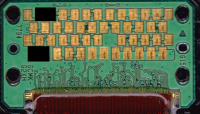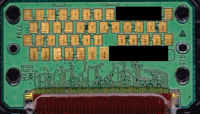tbush
Newbie to Printing
- Joined
- Jul 2, 2014
- Messages
- 2
- Reaction score
- 0
- Points
- 6
- Printer Model
- Canon Pixma MG5320
Hello! I have a Canon Pixma MG5320. A couple of months ago it started printing lines through black text. The test print showed no ink printing in the middle of the PGBK strip. I took out the print heads and cleaned them with water. Now all the colors are still printing perfectly, but there is NO PGBK printing. It's completely blank.
Thanks for any help!
Thanks for any help!


